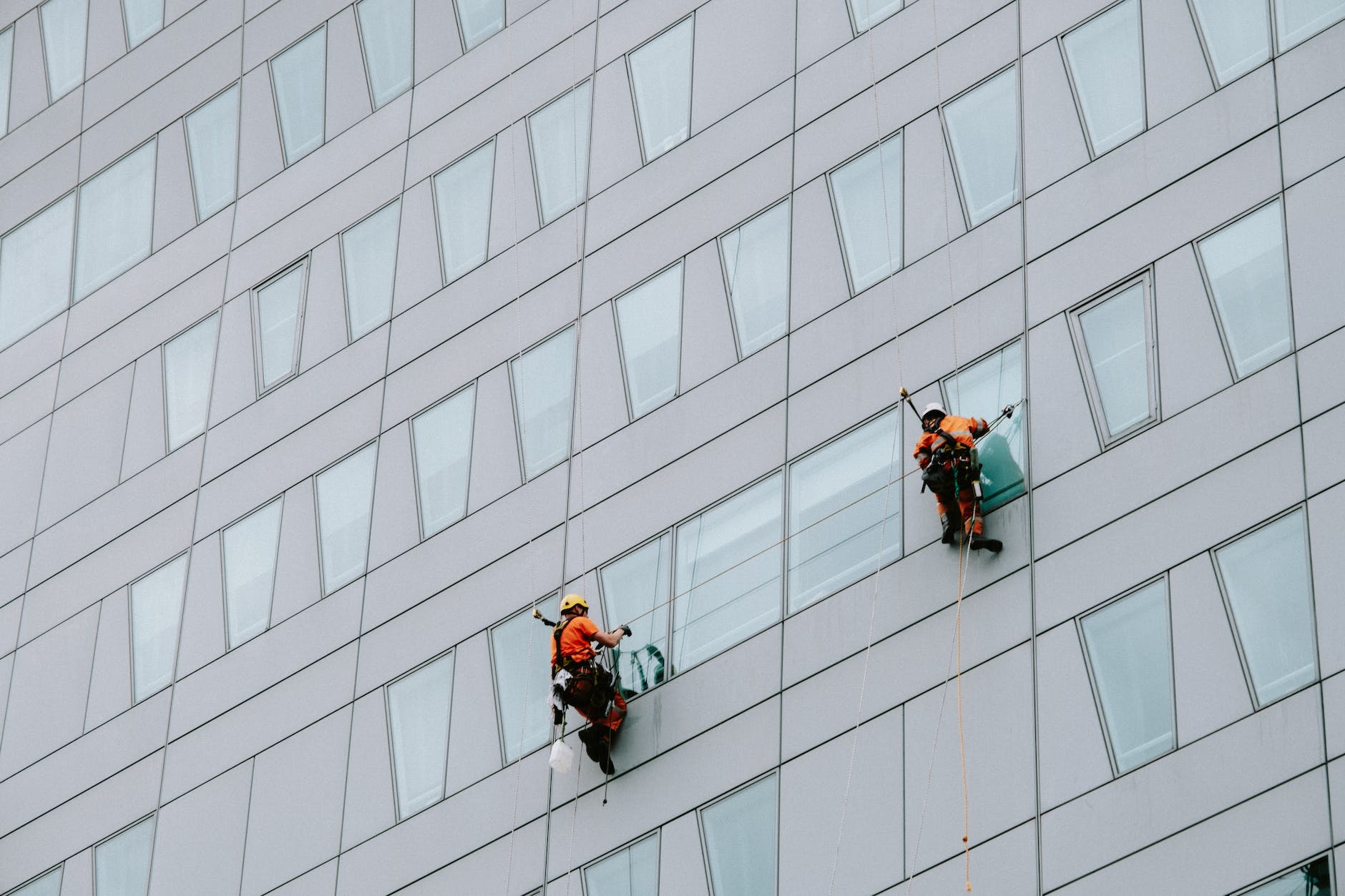
Fall Protection: Ensuring Safety at Heights
When it comes to working at heights, fall protection is of paramount importance. Whether you’re a construction worker, window cleaner, or involved in any job that requires you to be above the ground level, ensuring safety against falls is a crucial consideration. In this article, we will delve into the significance of fall protection, the key methods to prevent falls, and the importance of compliance with safety regulations.
1. Understanding Fall Protection
Fall protection involves a set of measures and equipment designed to prevent workers from falling or reduce the risk of injury in case of a fall. It encompasses a wide range of industries, from construction to maintenance, where employees routinely work at elevated heights.
2. Statistics: The Grim Reality of Falls
Falls are a leading cause of workplace injuries and fatalities worldwide. According to the Occupational Safety and Health Administration (OSHA), falls account for a significant percentage of construction-related deaths each year. These statistics underscore the urgency of implementing robust fall protection measures.
3. Importance of Fall Protection Equipment
Fall protection equipment includes harnesses, lanyards, lifelines, and anchors. These tools are engineered to distribute forces during a fall, minimizing the impact on the body. Employers must provide adequate training on using this equipment to ensure proper usage and worker safety.
4. Types of Fall Protection Systems
There are active and passive fall protection systems. Active systems, such as personal fall arrest systems, require workers to take action to prevent a fall. Passive systems, like guardrails and safety nets, create barriers that automatically reduce the risk of falls.
5. Choosing the Right Fall Protection System for Your Job
Selecting the appropriate fall protection system depends on factors such as the nature of the work, height involved, and the work environment. It’s essential to assess the risks and choose the most suitable system accordingly.
6. Training and Education on Fall Protection
Proper training is crucial to ensure that workers understand how to use fall protection equipment correctly. Training sessions should cover equipment usage, emergency procedures, and the importance of compliance.
7. OSHA Regulations and Compliance
OSHA has stringent regulations in place to address fall hazards. Employers must comply with these regulations, including conducting regular inspections, maintaining records, and providing the necessary protective equipment.
8. Common Myths About Fall Protection
Dispelling myths about fall protection is vital. Some believe that falls are rare or that fall protection equipment is uncomfortable. Educating workers about the realities and benefits of fall protection is essential.
9. The Cost of Ignoring Fall Protection
Failing to invest in fall protection can have dire consequences. Beyond the human toll, employers may face legal ramifications, financial losses, and damage to their reputation.
10. Innovations in Fall Protection Technology
Technology is transforming fall protection. Innovations like smart safety harnesses and real-time monitoring systems are enhancing worker safety and enabling rapid response in case of emergencies.
11. The Role of Employers and Employees
Both employers and employees play critical roles in fall protection. Employers must provide the necessary equipment and training, while employees must adhere to safety protocols and actively participate in creating a safe work environment.
12. Maintaining and Inspecting Fall Protection Gear
Regular maintenance and inspections ensure that fall protection equipment functions correctly when needed. Workers should be trained to recognize signs of wear and damage and report them promptly.
13. Creating a Culture of Safety
A strong safety culture fosters an environment where safety is a collective responsibility. By prioritizing safety, organizations can minimize accidents, injuries, and fatalities.
14. Emergency Preparedness for Fall Incidents
Despite preventive measures, accidents can still happen. Being prepared for fall incidents includes having rescue plans, first aid training, and access to medical assistance readily available.
15. Conclusion: Safeguarding Lives Above All Else
Fall protection isn’t just a legal requirement; it’s a moral obligation. Prioritizing safety when working at heights is essential for preventing tragedies and ensuring that every worker returns home safe and sound.
FAQs
- What is fall protection? Fall protection encompasses measures and equipment designed to prevent falls or mitigate fall-related injuries in various work settings.
- Why is fall protection essential? Falls are a leading cause of workplace injuries and fatalities, highlighting the critical importance of fall protection.
- What types of fall protection systems are there? There are active systems that require worker engagement and passive systems that create automatic barriers against falls.
- How do I choose the right fall protection system? Choosing the right system depends on factors such as the job’s nature, height, and work environment, and should be based on thorough risk assessment.
- What are the consequences of neglecting fall protection? Neglecting fall protection can result in human tragedies, legal consequences, financial losses, and damage to a company’s reputation.





















